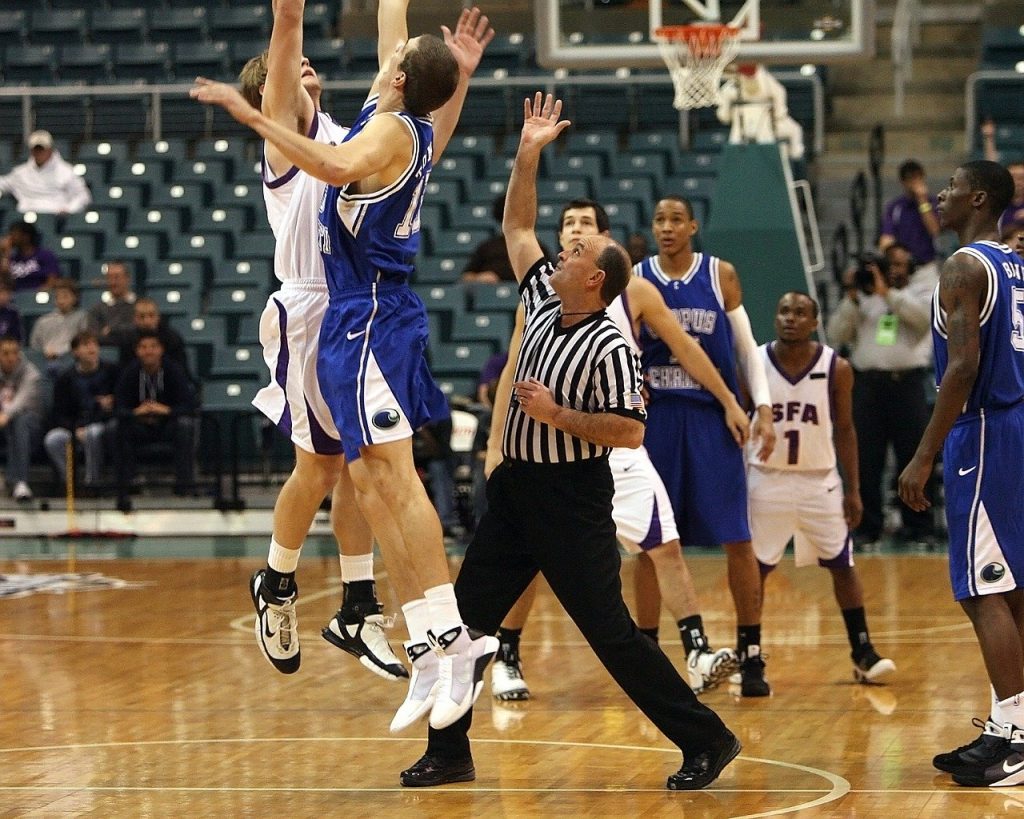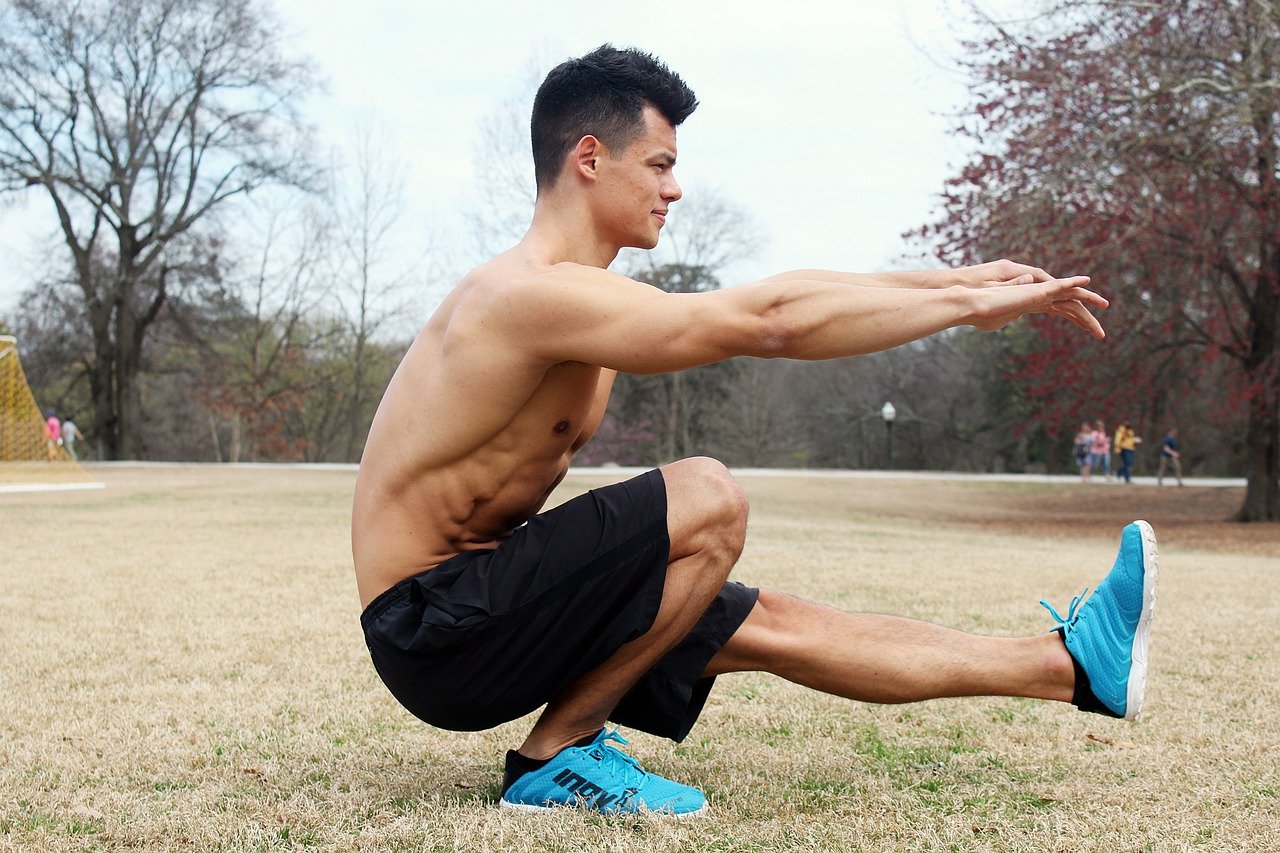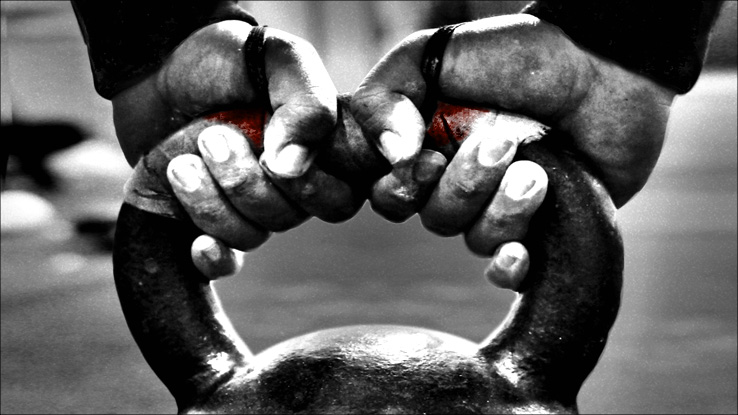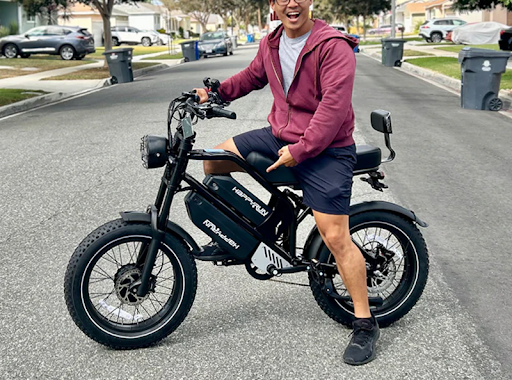
How Athletes Can Train To Greatly Improve Their Jumping Ability
For every basketball or volleyball player, a major part of their game’s success falls on their ability to jump and make an accurate vertical leap. Apart from regular training and practice, you must work on your posture and master the right technique. To improve vertical leap, every athlete should focus on several factors, which include flexibility, stability, and strength.

Here are some effective ways for athletes to improve their vertical leap and jumping ability.
-
Incorporate Jump Rope Training
One of the easiest and most effective ways to improve your vertical leap is by jumping rope. It is universal, takes little space, and hardly takes a few minutes of your workout regime. Apart from burning excessive calories and building leg and core muscles, jumping rope improves coordination and puts you in a steady rhythm. Your entire body, especially the legs and glutes are involved, which prepares you for explosive movements. Collectively, these movements and benefits directly affect your jumping ability. To practice this exercise, stand in one position and jump rope for 2 to 3 minutes at a stretch. Even though it does not seem excessive, you will be tired within a minute. Repeat thrice to call it a set.
-
Practice Plyometric Box Jumping
Plyometric exercises are famous among athletes looking to improve their jumping ability. Among the recommended plyometric exercises for athletes, box jumping is the most effective. This exercise helps build reflexive speed and power within a short amount of time. As mentioned, athletes should focus on developing explosive movements as they directly affect their vertical leap. These movements are similar to the reflexive speed needed when changing direction or sprinting. To practice this exercise, place a strong box on the floor and stand at least 4 to 5 feet apart. Bend your feet at the knees, position your body by leaning forward, and jump to land on the box. Go back to the original position and repeat a few times.
-
Stretch Your Muscles
Stretching your muscles will prevent injuries and improve your vertical leap posture. Your vertical leap is determined by several factors, which include speed, stability, power, flexibility, and mobility. While most of these can be enhanced by performing exercises, you must focus on developing your flexibility by incorporating stretching within your training. Even though stretching is not the primary factor that determines an athlete’s vertical leap, it does affect the results in the long run. Perform stretching exercises such as hamstring stretches, stair calf stretch, and seated cross stretch before and after your main workout session.
-
Enroll in a Jump Program
If nothing seems to work, you need a training plan that is tailored to your needs, body, and ability. Enroll in one of the leading jump programs to train under industry professionals and successful athletes who will guide you based on your current performance and results. You will not only learn more about enhancing your performance but come out with better results. Before you enroll in a program do thorough research, check reviews, and compare your options by talking to former students. This will help you make an informed choice.
-
Practice Your Vertical Leap Posture
Align your feet with your hips and stand in an erect position. Keep your feet intact and push your knees outwards such that you feel your hips getting tensed. Lower your body such that your knees and hips feel a dip. At the same time, swing your arms behind. By this moment, you should be in a position that resembles a squat. It will help you gain momentum and make a powerful jump. As you stay in the hinge pattern, keep your spine straight and bend your hips backward. You are now ready to make the leap. Pull your arms in the front and project your body upwards such that you are releasing a spring coil. When you are in the air, raise only one arm and point it towards the sky to jump higher. Land softly and practice a few times.
-
Incorporate Resistance Training

Focus on resistance training that helps develop the muscles in your lower body. Since a major part of your jumping ability is dictated by your lower body and how you position it, it is necessary to build and shape lower body muscles to induce proper engagement. It includes exercises such as Bulgarian squats, tuck jumps, single-leg bounds, and split squat jumps, among many others.
Incorporate these tips in your daily workout regime and practice sessions to improve your jumping ability and vertical leap. Do not forget to meditate to de-stress and focus on achieving your goals. Most importantly, keep practicing. You cannot achieve results without consistent practice. With proper technique and consistency, you can get closer to perfecting your vertical leap and achieve success.


























